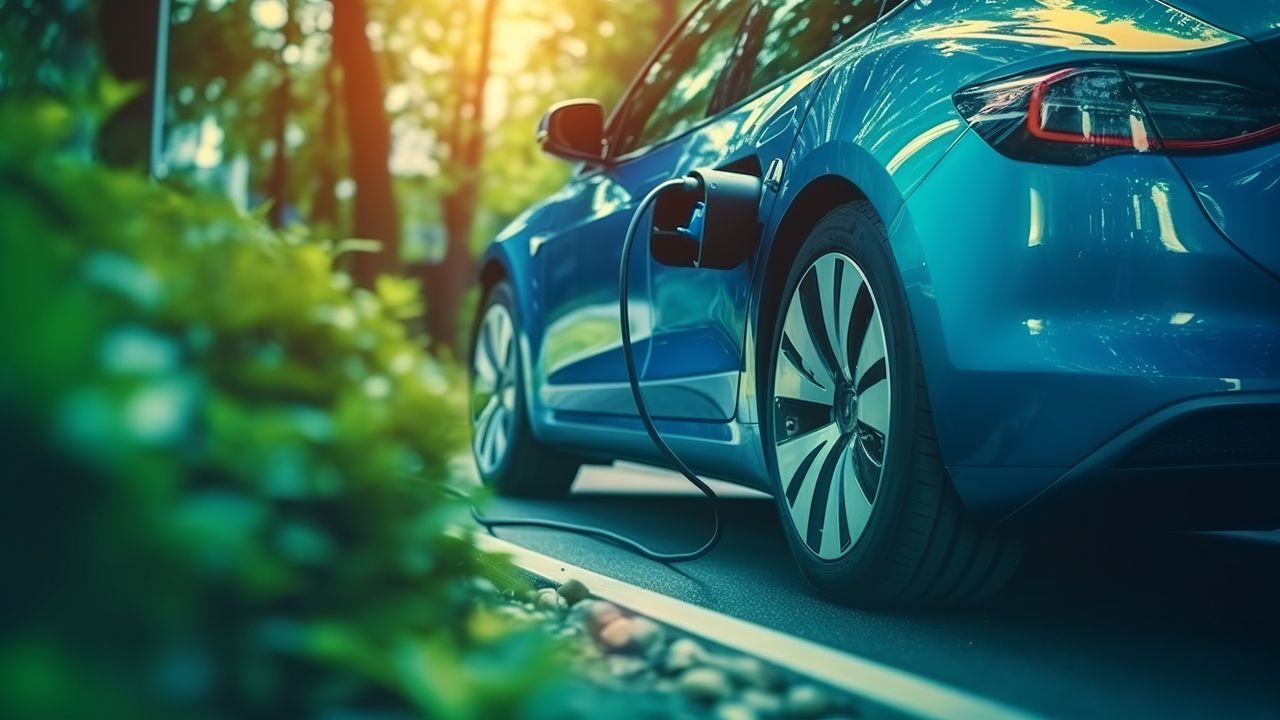Addressing Range Anxiety: How Electric Vehicle Charging Infrastructure is Evolving
Range anxiety has long been a concern for electric vehicle (EV) owners. The fear of running out of battery power and being stranded on the side of the road has deterred many potential buyers from making the switch to electric. However, as the popularity of EVs continues to grow, so does the charging infrastructure. In this article, we will explore how range anxiety is being addressed through the availability of charge points, state-of-charge monitoring, and improvements in electric vehicle range.
Charge Point Availability
One of the main factors contributing to range anxiety is the lack of charging stations. In the past, finding a charge point was a challenge, especially in rural areas. However, the situation has significantly improved in recent years. Governments, businesses, and organizations have recognized the need for a robust charging infrastructure and have been investing in the installation of charge points.
Today, there are numerous charging networks and apps that provide real-time information on the location and availability of charge points. This makes it easier for EV owners to plan their journeys and find charging stations along their routes. Additionally, many businesses, shopping centers, and parking lots now offer free or low-cost charging to attract EV drivers.
State-of-Charge Monitoring
Another aspect that contributes to range anxiety is the uncertainty surrounding the state of charge of the battery. EV owners often worry about accurately estimating how much range they have left before needing to recharge. However, advancements in technology have made it easier to monitor the state of charge.
Most modern electric vehicles come equipped with sophisticated onboard computers that provide real-time information about the battery’s state of charge. These systems take into account factors such as driving style, weather conditions, and terrain to provide accurate range estimates. Additionally, smartphone apps and connected car platforms allow owners to remotely monitor their vehicle’s state of charge, further reducing anxiety.
Improvements in Electric Vehicle Range
One of the most significant developments in addressing range anxiety is the improvement in electric vehicle range. Early electric cars had limited range, often requiring frequent charging even for short trips. However, advancements in battery technology have led to significant improvements in range.
Today, many electric vehicles offer ranges that can rival or even surpass those of traditional gasoline-powered cars. Some models can travel over 300 miles on a single charge, making long-distance journeys more feasible. Furthermore, rapid charging technology has also improved, allowing EV owners to recharge their vehicles quickly during pit stops on longer trips.
Manufacturers are continuously investing in research and development to further improve battery technology and increase electric vehicle range. This ongoing progress is gradually eroding range anxiety and making electric vehicles a more viable option for everyday use.
In Conclusion
Range anxiety is a legitimate concern for many potential electric vehicle owners. However, the charging infrastructure is rapidly evolving to address this issue. The availability of charge points, state-of-charge monitoring, and improvements in electric vehicle range are all contributing to reducing range anxiety. As the industry continues to grow and innovate, we can expect even greater advancements in the future, making electric vehicles an increasingly practical and convenient choice for drivers worldwide.
